-
 Bitcoin
Bitcoin $112400
0.86% -
 Ethereum
Ethereum $4509
-0.37% -
 XRP
XRP $2.968
-0.52% -
 Tether USDt
Tether USDt $0.9999
-0.02% -
 BNB
BNB $876.4
2.10% -
 Solana
Solana $214.3
4.69% -
 USDC
USDC $0.9998
-0.01% -
 Dogecoin
Dogecoin $0.2241
1.86% -
 TRON
TRON $0.3447
-0.45% -
 Cardano
Cardano $0.8586
0.25% -
 Chainlink
Chainlink $25.26
5.76% -
 Hyperliquid
Hyperliquid $45.95
-3.38% -
 Ethena USDe
Ethena USDe $1.001
-0.01% -
 Sui
Sui $3.491
0.92% -
 Stellar
Stellar $0.3830
0.57% -
 Cronos
Cronos $0.3333
27.15% -
 Bitcoin Cash
Bitcoin Cash $557.0
0.74% -
 Avalanche
Avalanche $24.75
0.77% -
 Hedera
Hedera $0.2406
0.46% -
 UNUS SED LEO
UNUS SED LEO $9.561
-0.08% -
 Litecoin
Litecoin $113.8
0.74% -
 Toncoin
Toncoin $3.187
1.26% -
 Shiba Inu
Shiba Inu $0.00001264
0.86% -
 Polkadot
Polkadot $3.995
3.37% -
 Uniswap
Uniswap $10.04
1.61% -
 Dai
Dai $0.9999
-0.01% -
 Bitget Token
Bitget Token $4.603
-0.87% -
 Monero
Monero $269.4
-1.07% -
 Aave
Aave $317.5
-1.55% -
 Ethena
Ethena $0.6731
10.25%
What's the difference between solo and pool crypto mining?
Solo mining offers full rewards and decentralization but faces high variance and low odds against powerful pools, making it risky for most individuals.
Aug 29, 2025 at 02:14 am
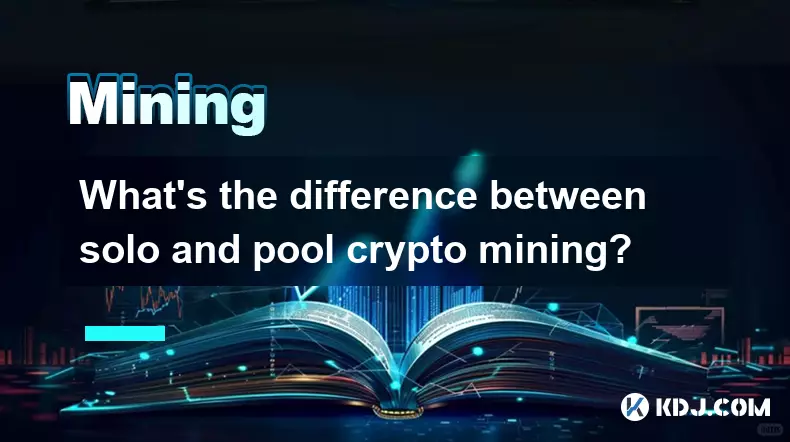
Solo Mining: Independence and Full Control
1. Solo mining refers to the process where an individual miner uses their own computational resources to solve cryptographic puzzles and validate transactions on a blockchain network. The miner operates independently, without joining any collective group or sharing resources with others.
2. When a solo miner successfully mines a block, they receive the entire block reward, including transaction fees and newly minted coins. This full reward can be highly lucrative if the miner has sufficient hash power and luck on their side.
3. The probability of successfully mining a block is directly proportional to the miner’s share of the total network hash rate. With the increasing difficulty of major cryptocurrencies like Bitcoin, individual miners often struggle to compete against large mining farms and pools.
4. Solo mining appeals to those who value decentralization and want to avoid trusting third parties. It aligns with the original ethos of cryptocurrencies by reducing reliance on centralized entities.
5. However, income from solo mining is highly unpredictable. Long streaks without finding a block are common, especially for miners with limited hardware, making it financially risky for most individuals.
Pool Mining: Collaboration for Consistent Returns
1. Pool mining involves multiple miners combining their computational power to increase the collective chance of solving blocks. When a block is successfully mined, the reward is distributed among participants based on their contributed hash power.
2. This method offers more frequent and predictable payouts, even if each individual receives a smaller share. Miners are rewarded proportionally or through different distribution models like PPLNS (Pay Per Last N Shares) or PROP (Proportional).
3. Mining pools charge a fee, typically ranging from 1% to 3%, for managing operations, coordinating tasks, and distributing rewards. This operational overhead is offset by the increased stability in income.
4. Joining a pool reduces the variance in earnings, making it a preferred option for miners with mid-range or modest hardware setups. It lowers the barrier to earning consistent returns in a highly competitive environment.
5. One downside is the centralization risk. A small number of large pools often control a significant portion of the network hash rate, potentially threatening the security and decentralization of the blockchain.
Risks and Trade-offs in Mining Approaches
1. Solo mining introduces high variance and long wait times between rewards, making it unsuitable for miners seeking steady income. It requires substantial investment in hardware and electricity, with no guarantee of return over short or medium timeframes.
2. Pool mining reduces individual autonomy, as the pool operator decides which transactions to include and how to structure blocks. This shifts some control away from individual miners and introduces counterparty risk.
3. Network health is impacted differently by each method. A mining ecosystem dominated by pools may lead to centralization, whereas widespread solo mining promotes a more distributed and resilient network.
4. Miners must evaluate their resources, risk tolerance, and philosophical stance on decentralization when choosing between solo and pool mining. There is no universally optimal choice—each path suits different priorities and constraints.
5. The rise of ASIC-efficient algorithms and increasing network difficulty has made solo mining increasingly impractical for blockchains like Bitcoin, pushing most participants toward pools.
Frequently Asked Questions
Can I switch from solo mining to pool mining at any time?Yes, miners can switch between solo and pool mining instantly. This only requires reconfiguring mining software to point to a pool’s server instead of connecting directly to the blockchain network.
Do mining pools track individual contributions accurately?Reputable mining pools use verified share submission systems to ensure each miner’s contribution is recorded and rewarded fairly. Miners can monitor their hash rate and payouts through the pool’s dashboard.
Is solo mining still viable with modern hardware?For Bitcoin, solo mining with even high-end ASICs is statistically unlikely to yield a block within a reasonable timeframe due to the immense network difficulty. It remains more feasible on smaller or less competitive blockchains.
What happens if a solo miner finds a block just as a pool mines the same height?The network accepts the first valid block that propagates across nodes. If two blocks are found simultaneously, the chain with the most subsequent proof-of-work eventually becomes canonical. The losing block, whether from a solo miner or pool, becomes an orphan and yields no reward.
Disclaimer:info@kdj.com
The information provided is not trading advice. kdj.com does not assume any responsibility for any investments made based on the information provided in this article. Cryptocurrencies are highly volatile and it is highly recommended that you invest with caution after thorough research!
If you believe that the content used on this website infringes your copyright, please contact us immediately (info@kdj.com) and we will delete it promptly.
- XRP Price, Large Transactions, Record Volume: What's the Buzz?
- 2025-08-29 07:05:12
- Trump Price Rebounds: Canary Capital's Spot TRUMP ETF Sparks Frenzy
- 2025-08-29 07:05:12
- 21Shares, SEI ETF, and Token Rewards: A New Era for Crypto ETFs?
- 2025-08-29 07:25:13
- DYDX Price Surges Amid Platform Launches and Community Upgrade Buzz
- 2025-08-29 07:25:13
- BullZilla, Crypto Investment, and the 2025 Buzz: What's the Hype?
- 2025-08-29 07:45:14
- JPMorgan, Numerai, and $NMR: Wall Street's AI-Powered Crypto Play
- 2025-08-29 07:50:12
Related knowledge
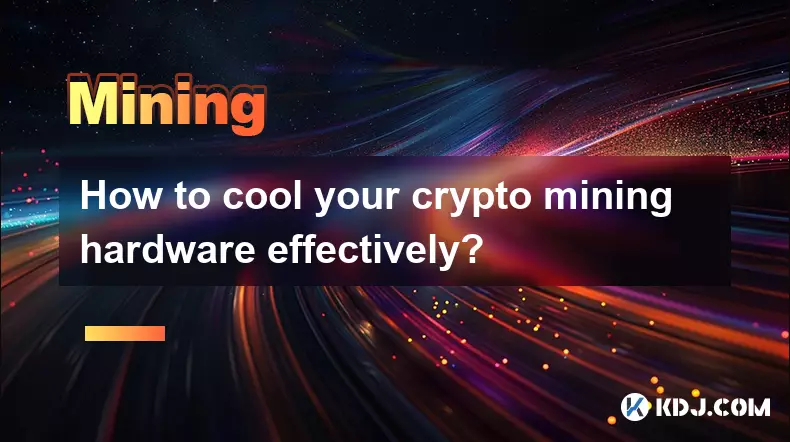
How to cool your crypto mining hardware effectively?
Aug 29,2025 at 07:56am
Optimizing Airflow for Maximum Heat Dissipation1. Positioning mining rigs in areas with unrestricted airflow is essential to prevent heat buildup. Ens...

What are the essential components for a DIY crypto mining rig?
Aug 29,2025 at 08:14am
Core Hardware Requirements for Building a Mining Rig1. A powerful graphics processing unit (GPU) is the heart of any DIY mining setup. Models like the...

What's the difference between solo and pool crypto mining?
Aug 29,2025 at 02:14am
Solo Mining: Independence and Full Control1. Solo mining refers to the process where an individual miner uses their own computational resources to sol...
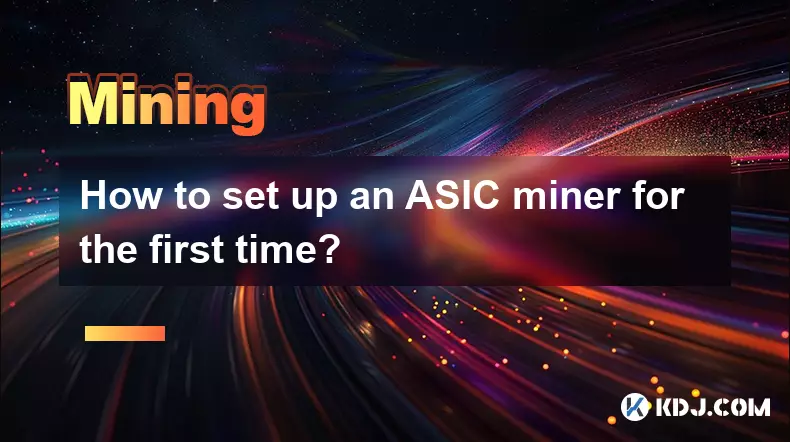
How to set up an ASIC miner for the first time?
Aug 29,2025 at 05:56am
Unboxing and Initial Setup1. Carefully open the ASIC miner package and verify all components are present, including the power supply unit (PSU), power...
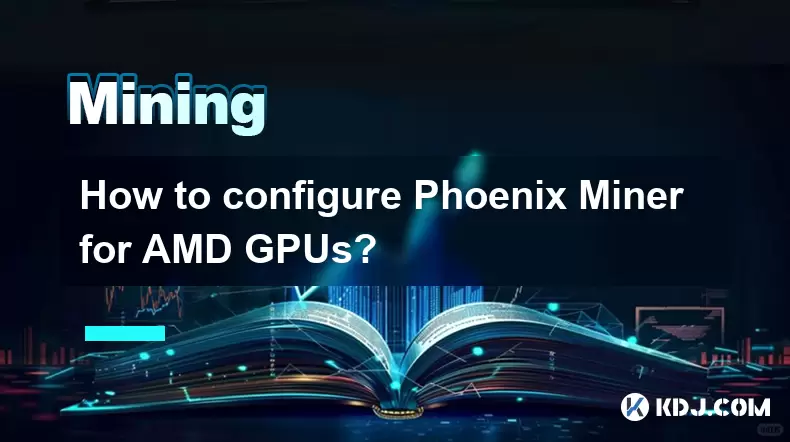
How to configure Phoenix Miner for AMD GPUs?
Aug 11,2025 at 03:21am
Understanding Phoenix Miner and Its Compatibility with AMD GPUsPhoenix Miner is a lightweight, high-performance Ethereum mining software designed for ...
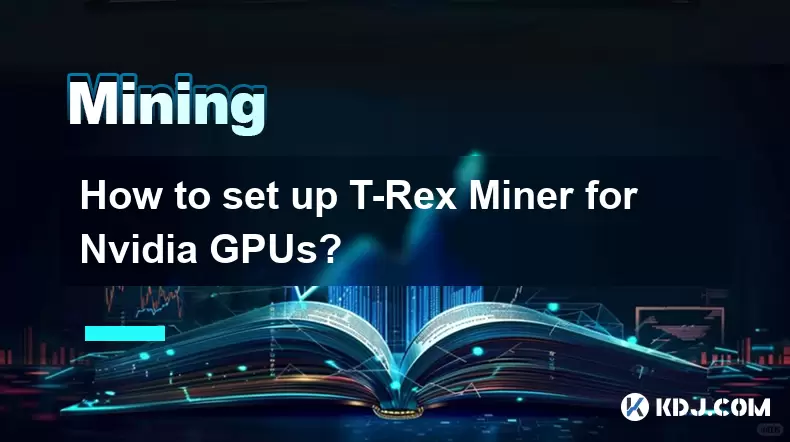
How to set up T-Rex Miner for Nvidia GPUs?
Aug 10,2025 at 12:07am
Understanding T-Rex Miner and Its Compatibility with Nvidia GPUsT-Rex Miner is a high-performance mining software designed specifically for Nvidia GPU...

How to cool your crypto mining hardware effectively?
Aug 29,2025 at 07:56am
Optimizing Airflow for Maximum Heat Dissipation1. Positioning mining rigs in areas with unrestricted airflow is essential to prevent heat buildup. Ens...

What are the essential components for a DIY crypto mining rig?
Aug 29,2025 at 08:14am
Core Hardware Requirements for Building a Mining Rig1. A powerful graphics processing unit (GPU) is the heart of any DIY mining setup. Models like the...

What's the difference between solo and pool crypto mining?
Aug 29,2025 at 02:14am
Solo Mining: Independence and Full Control1. Solo mining refers to the process where an individual miner uses their own computational resources to sol...

How to set up an ASIC miner for the first time?
Aug 29,2025 at 05:56am
Unboxing and Initial Setup1. Carefully open the ASIC miner package and verify all components are present, including the power supply unit (PSU), power...

How to configure Phoenix Miner for AMD GPUs?
Aug 11,2025 at 03:21am
Understanding Phoenix Miner and Its Compatibility with AMD GPUsPhoenix Miner is a lightweight, high-performance Ethereum mining software designed for ...

How to set up T-Rex Miner for Nvidia GPUs?
Aug 10,2025 at 12:07am
Understanding T-Rex Miner and Its Compatibility with Nvidia GPUsT-Rex Miner is a high-performance mining software designed specifically for Nvidia GPU...
See all articles


























![28 August 2025 - [Evening]Mr Mint (MNT) Zoom Call | Latest Update & Future Plans | Stepmint | 28 August 2025 - [Evening]Mr Mint (MNT) Zoom Call | Latest Update & Future Plans | Stepmint |](/uploads/2025/08/29/cryptocurrencies-news/videos/august-evening-mint-mnt-zoom-call-update-future-plans-stepmint/68b08b4c56a56_image_500_375.webp)





























































